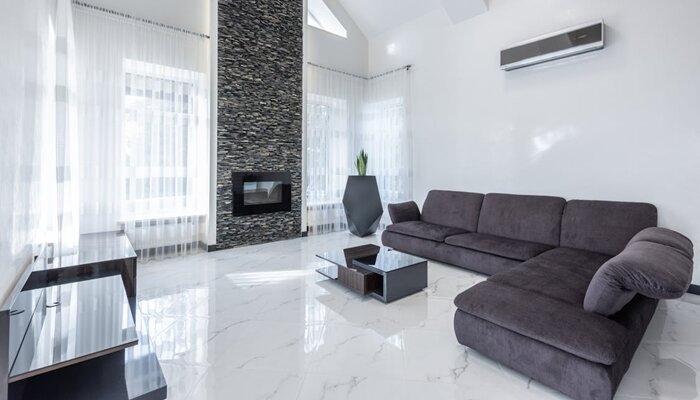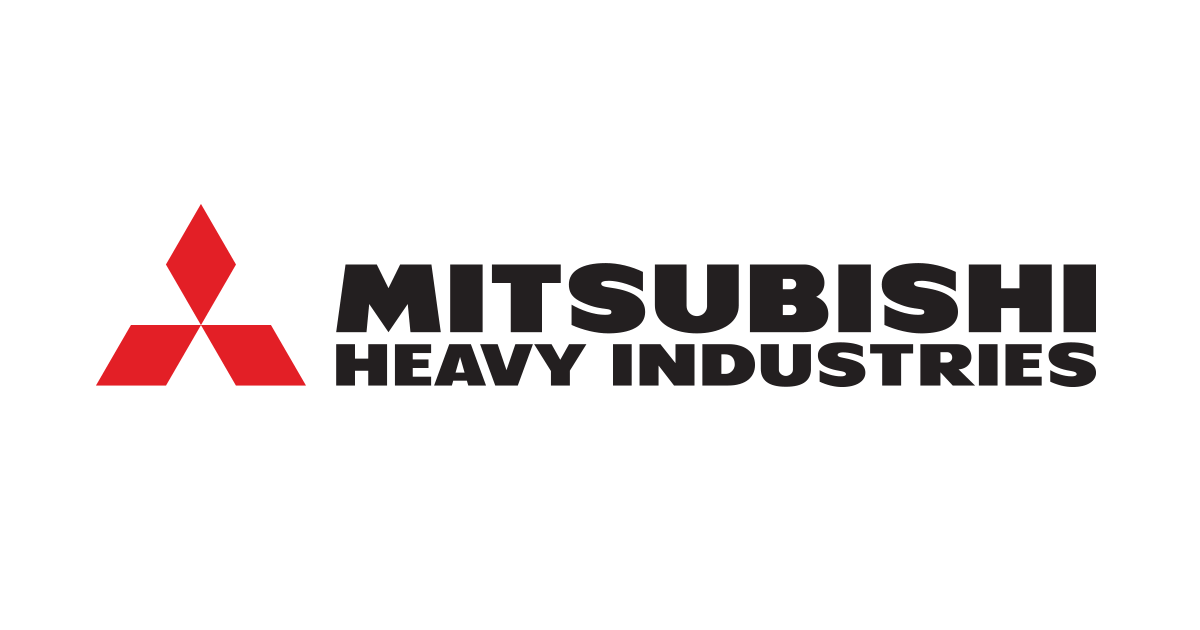Heating, Ventilation, and Air Conditioning: Understanding, Maintaining, and Optimizing Your Home’s Comfort System
In the intricate tapestry of modern living, few elements play as vital a role in our daily comfort and well-being as our Heating, Ventilation, and Air Conditioning (HVAC) systems. From providing respite from scorching summer heat to delivering cozy warmth during frigid winter months, these complex networks of ducts, vents, and mechanical components silently work […] The post Heating, Ventilation, and Air Conditioning: Understanding, Maintaining, and Optimizing Your Home’s Comfort System appeared first on World Construction Today.

In the intricate tapestry of modern living, few elements play as vital a role in our daily comfort and well-being as our Heating, Ventilation, and Air Conditioning (HVAC) systems. From providing respite from scorching summer heat to delivering cozy warmth during frigid winter months, these complex networks of ducts, vents, and mechanical components silently work behind the scenes to ensure our indoor environments remain pleasant and habitable year-round.
Importance of HVAC System Maintenance
Prioritizing periodic HVAC servicing provides:
Improved Energy Efficiency – Keeping clean filters, correctly pressurized coolant levels, and unclogged condenser coils allows systems to run optimally consuming less electricity usage ultimately lowering utility bills significantly annually.
Enhanced System Reliability– Preventative care minimizes annoying malfunctions risks through expert diagnosis detecting minor issues early before escalating into complete breakdowns needing expensive expert troubleshooting and repairs later down the line.
Prolonged Equipment Lifespan – Meticulous professional care adhering to maintenance schedules maximizes operational sustainability extractable from installed systems before eventual replacements become necessary from wearing out beyond further repairs help practically.
Improved Indoor Air Quality – Appropriate cleaning eliminated accumulating deep-rooted contaminant buildups or concealed microbial developments degrading internal environmental quality and exposing inhabitants to longer term.
Higher Comfort Levels – Well-functioning units deliver uniform temperatures, proper humidifications and filtered fresh air exchanges maintaining expected comfort levels occupants expect seamlessly especially beneficial for young children or elderly residents more affected otherwise.
Key HVAC Maintenance Tasks
Essential periodic expert HVAC services in Frederick, MD health checks should cover:
Replacing Air Filters – Clogged particulate filters reduce airflow circulation capabilities affecting temperature regulations badly. Replacing outdated filters matching usage intensity improves systems delivery capacities significantly.
Cleaning Condenser Coils – Accumulated debris around condenser units’ metal coils hampers critical heat transmission functionalities raising inefficiencies. Correctly stripping mucky residue through coil brushing restores mobility.
Checking Coolant Pressures – Gradually escaping refrigerant gasses negatively impacts achievable cooling abilities from poorly pressured units. Gauging gauge levels verifies sufficient psi readings guiding technicians regarding top-up needs reinstating full potentials restoring imbalances.
Lubricating Motor Bearings– Essential HVAC motors contain moving bearings and fans enabling airflow builds requiring adequate heat-resistant lubrications preventing seized “stuck” outcomes from causing replacements. Noise development signals underlying issues.
Inspecting Electrical Connections – Current carrying connections, relays or switches represents failure points from vibrations loosening screw mounts over the years. Thermal checks identify deficiencies ahead preventing bigger letdowns if neglected cold turkey longer term.
Testing Thermostat Sensors – Smart digital thermostats heavily depend on accurate embedded thermal sensors providing operational setpoint controls and monitoring cues needing verifications ensuring precision setbacks or scheduling automation performs reliably always.
Common HVAC Issues and Troubleshooting
Even with regular maintenance, your HVAC system may experience occasional issues. Here are some common problems and troubleshooting tips:
No Power or Blown Fuse – Unresponsive wall thermostats with flipped breaker switches or burnt fuses require fuse replacements/resetting circuit trippers by technicians preventing short circuit mishaps and tracing causes insightfully restoring working order immediately.
Faulty Thermostat – Inconsistent temperature feedbacks, zoning control failures, or connection dropouts signify potential thermostat malfunctions rectified by unit replacements reprogramming restored fully unless facing intermittent issues hinting wider problems.
Reduced Airflow – A noticeable decline in airflow strength reaching vents warrants investigations around filter cleanliness, duct blockages, and blower functionality via thorough professional assessments inverting damper operations until hitting acceptable levels.
Unfamiliar Noises – Mechanical buzzing, squeaking, or grinding sounds denote potential issues around motors, fans, and relays needing closer inspections preventing further tear and wearing out components prematurely if disregarded longer.
Refrigerant Leaks – Visible icy internal accumulator pipings indicate refrigerant leakages reducing achievable cooling capacities warranting leak testing and seal reparations restoring optimal psi functionality as applicable for older units gradually losing pressures over working lifetime if no unprecedented damages caused breakdown faults prematurely on this front.
Inconsistent Temperatures – Erratic temperature fluctuations accompanied by short runtime cycles flag possible low refrigerant scenarios, damaged compressors, or clogged filters/coils necessitating closer assessments around parts repairs/replacements recommendation actions for reliability.
Upgrading Aged HVAC Systems
Prolonged usage over years means efficiency, costs, and reliability tradeoffs warrant replacements of your HVAC system when:
Increased Energy Bills – Older inefficient models may consume 30% extra power currently contributing significant seasonal utility bill chunks justifying upgrade investments recouping faster long run through modern energy star-rated alternatives with better insulation properties cutting waste.
Frequent Repetitive Repairs – Replacing the same components like compressors, and blower fans annually infers wasteful spending unable to reclaim investments favoring new equipment upgrades, and boosting additional value.
Limited Temperature Control – Wide variances from desired temperature thresholds, uneven room distributions, or prolonged recovery times indicate maxed underpowered older equipment struggling still versus dropping output capacities aligning to demands.
Improved Indoor Air Quality – HEPA-integrated air purifiers and UV lights arrested growth on exposed coils, and microbial buildup, preventing possible allergens cultivation risks indoors.
Higher Home Market Values – Updated efficient gear also makes residential properties attractive for prospects by keeping future liability risks minimized through extended warranty coverages lasting decades seen traditionally unavailable from existing providers creating a value proposition.
Choosing Appropriate HVAC Systems
Ideal HVAC gear selections depend on the following:
Home Dimensions – Accurately sizing appropriate capacity systems matching unique indoor area square footage prevents short cycling spikes initially or temperature regulation inadequacies later freezing inhabitants unbearably through lost battles combating external extremes annually.
Local Climate Considerations – Colder northern states equipped with higher graded heating specialized furnaces and heat pumps exceeding southern regions’ milder demands potentially saving resources right sized from design stages completely.
Energy Efficiency Priorities – Newer Energy Star models typically exceed set regulatory thresholds over older predecessors’ conservation ratios by up to 40% making long-term operating cost differences pay itself back through cumulative savings benefiting the environment too.
Smart Features Expectations – Contemporary smart HVAC controllers allow remote access controls, usage pattern analytics, and predictive diagnostics preventing problems through proactive resources planning vs primitive reactive approaches faced previously. So evaluate carefully.
Costs and Budgeting – Complex computations around capacities, seasonal loads, and long-term ownership costs rank significant for determining suitable value propositions suiting financial means over simulated savings or underestimating critical replacement needs until emergencies force constrained decisions regretted later.
Conclusion
Your HVAC system is vital to your home’s comfort and health. Understanding its functions, performing regular maintenance, and considering energy-efficient upgrades are key to ensuring optimal performance. Whether you need routine maintenance or are seeking expert HVAC services, remember that a well-maintained HVAC system contributes to a comfortable, healthy, and energy-efficient home.
The post Heating, Ventilation, and Air Conditioning: Understanding, Maintaining, and Optimizing Your Home’s Comfort System appeared first on World Construction Today.

 machineryasia
machineryasia 







